There is no denying the fact that Google Maps revolutionised the way we think about mapping, but the it’s also true that their satellite imagery is not always up to date. Drone mapping using drone aerial photography and geo image processing software can help solve out ion date satellite imagery problems.
This is also an issue with Apple maps.
Our latest project saw us having to deal with this exact problem.
A client approached us to stitch together an aerial view of their latest housing development, however when we searched the area on Google, this is the image we got.
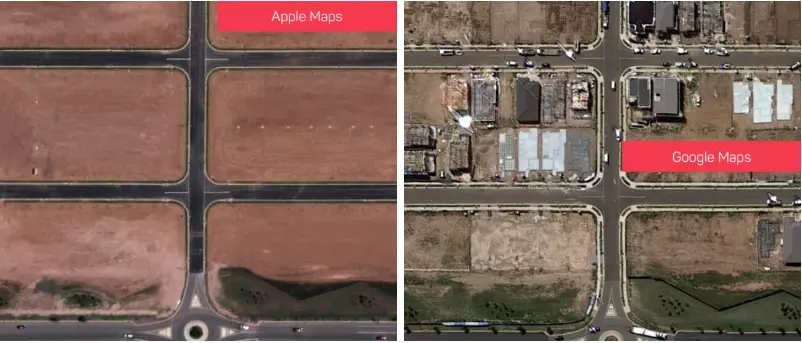
These were definitely not the images our client was hoping for.
There could be a number of reasons for poor quality satellite imagery, including not enough map data. This is especially true when the area you’re looking to surveil is classified as private.
However, our team knew just what to do.
Our solution? A drone!
What is a drone?
drone /drōn/
noun
(loosely) any uncrewed airborne device, especially a small one, that is guided remotely: used for industrial, commercial, and recreational purposes, such as photography and filming, delivery, mining, etc.
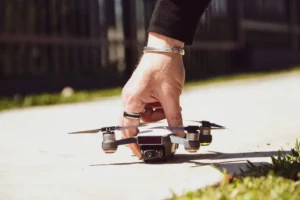
Forget everything you think you know about ‘drones’ and read on.
No longer just used in the domain of weaponry, drones have fast become one of the most prominent technologies being adopted by different sectors.
One area that has seen drones become really popular is mapping, especially with regards to aerial maps.
Anyone familiar with aerial mapping and photography will tell you that it is not a cheap or simple process but the introduction of drones has meant you can capture high quality aerial images, sometimes without even having to leave your own backyard!
As always, Team Mobi does not like keeping our great ideas to ourselves, so we thought we’d share 4 simple steps behind drone mapping.
STEP 1:
Make sure you have a drone with a good quality camera (at least 12mega pixels) and which can point the camera vertically down. You should then program the drone to ‘Mission Plan’ where it will follow a set path. The path should include different waypoints where the drone will stop and take a photo.
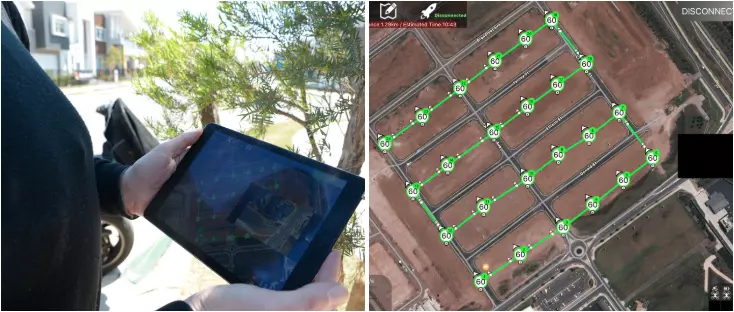
STEP 2:
You will gather a collection of overlapping photographs, each which should be the same size.
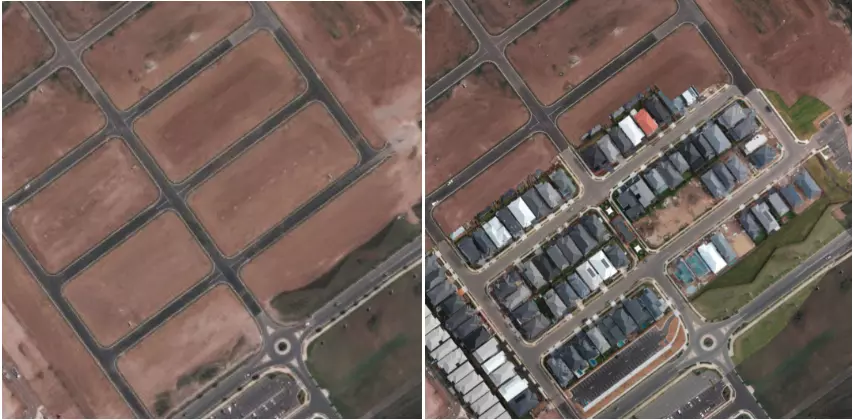
STEP 3:
Once you’ve collected all the individual images, you join these together to create one high-resolution map. This process is known as drone image stitching. (Note, the image below is over 10,000 x 10,000 pixels in full size).
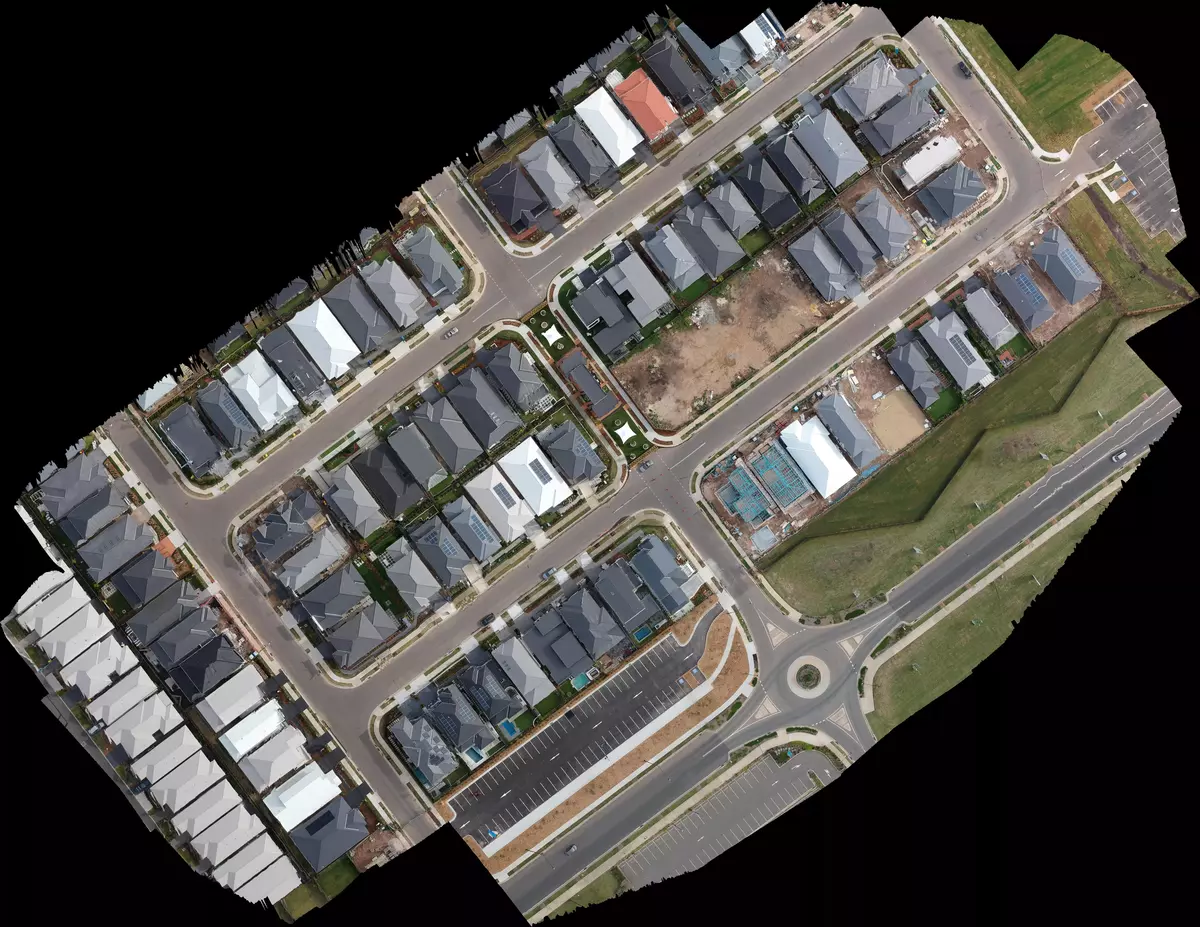
STEP 4:
Next, you take the large stitched image and cut it into tiles. This is so that you can overlay your image on top of the existing map on Google images using mapping software of your choice.
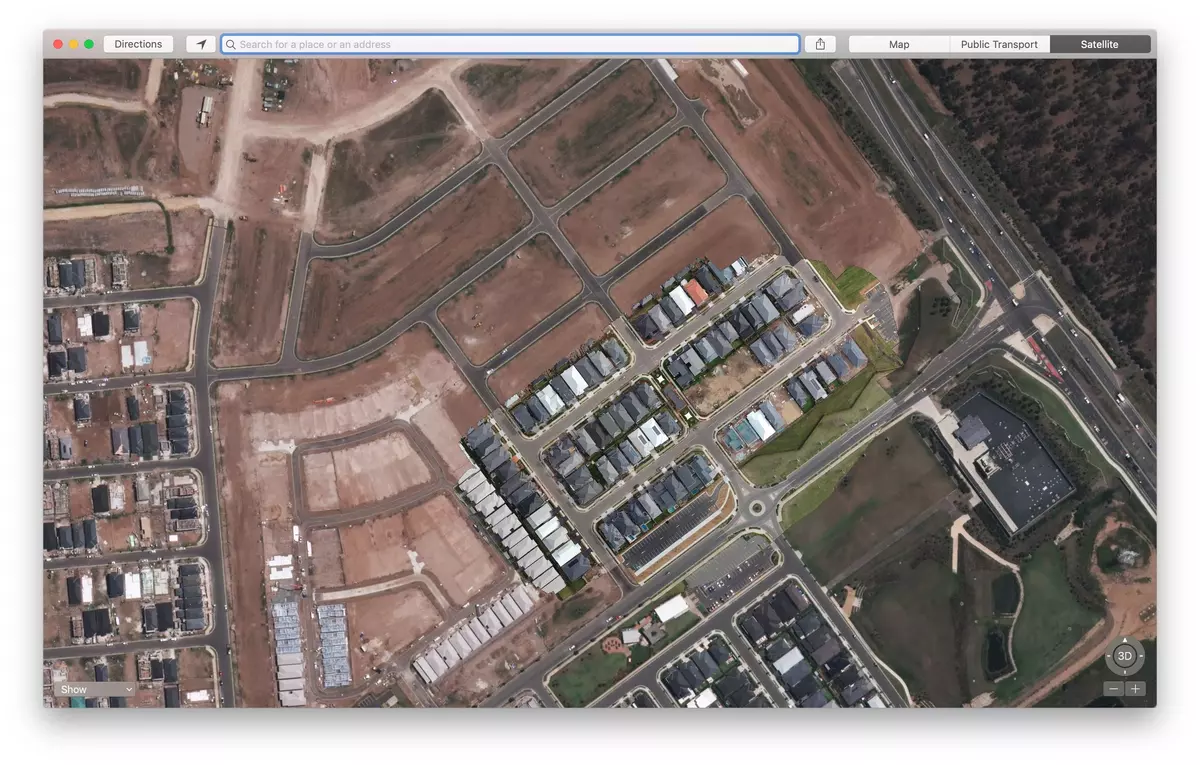
And here’s what the pieces we’re interested in look like next to each other …

Apple Map vs Mobi Map
Now, you can zoom right into the map, at a much greater level of detail than regular satellite imagery.
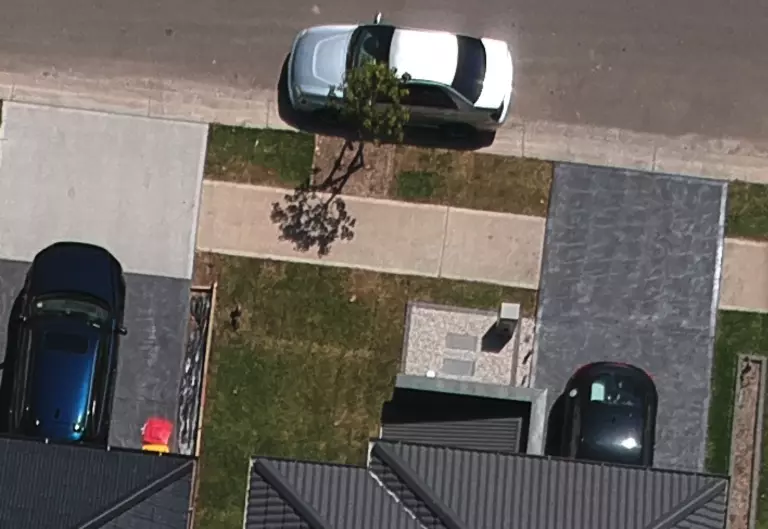
FYI, the photo below shows the degree of overlap we used to generate this map, which the software considers “only just enough”, but for our purposes the results were perfectly usable.
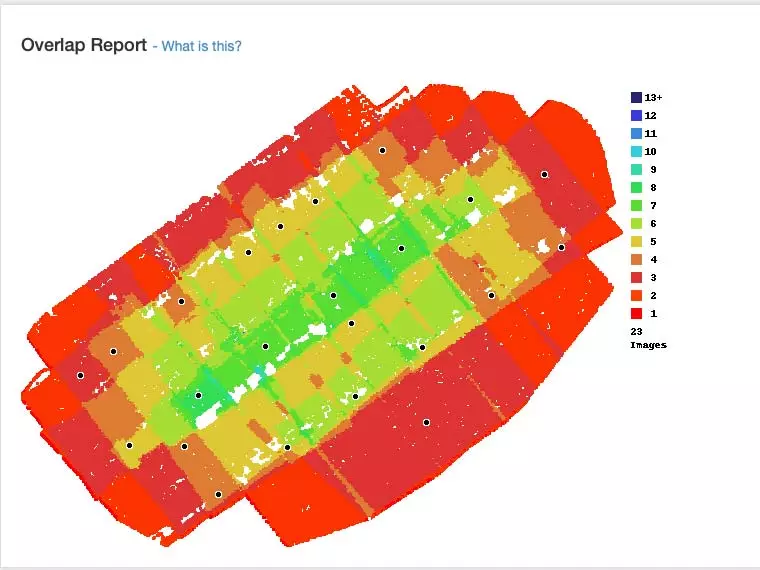
And there you have it, drone mapping in 4 simple steps.
Of course it is not a perfect process and there are things you need to be mindful of, including the distortion at the edges of the camera lens and less than precise software. Nevertheless, the more photos you take, the better the quality of the images on the map. Just remember that more images requires more drone flights, which also means more batteries – happy droning!
———————————————————————————————————————————————————————————————————————————–
If you’re interested in drone mapping but aren’t sure you can manage it yourself. Get in touch with us to hear more about our Drone as a Service (Daas) offering, the latest addition to our technology and innovation solutions for businesses in Australia.
Find out more at https://www.mobiddiction.com.au/drones/.

